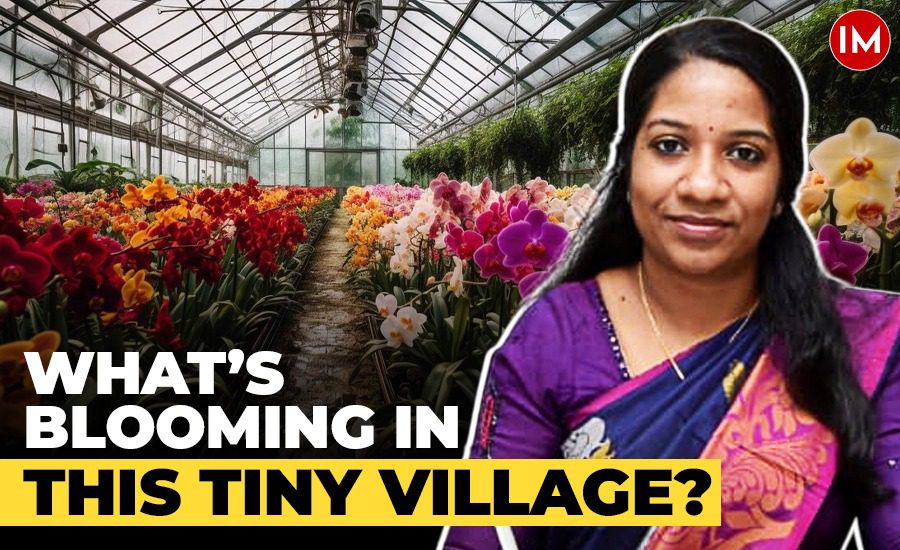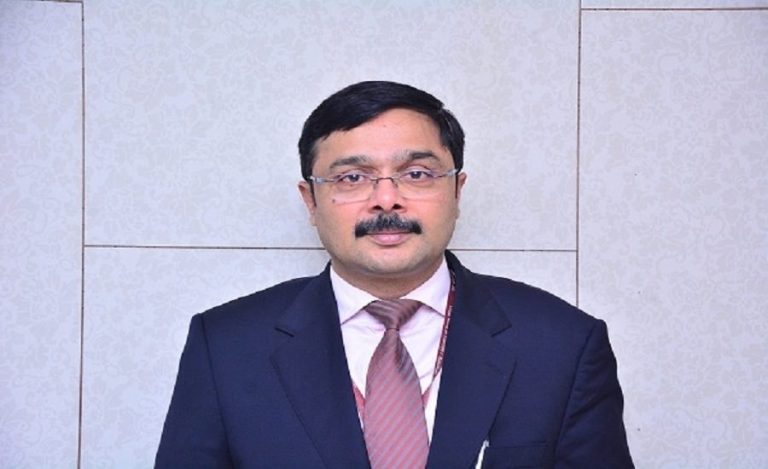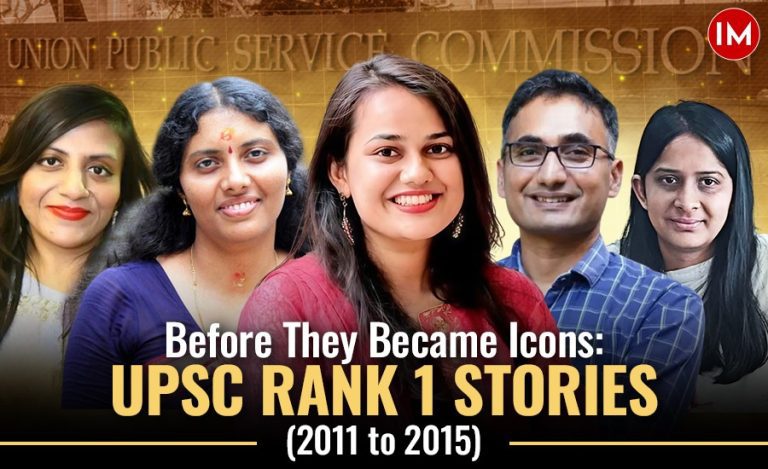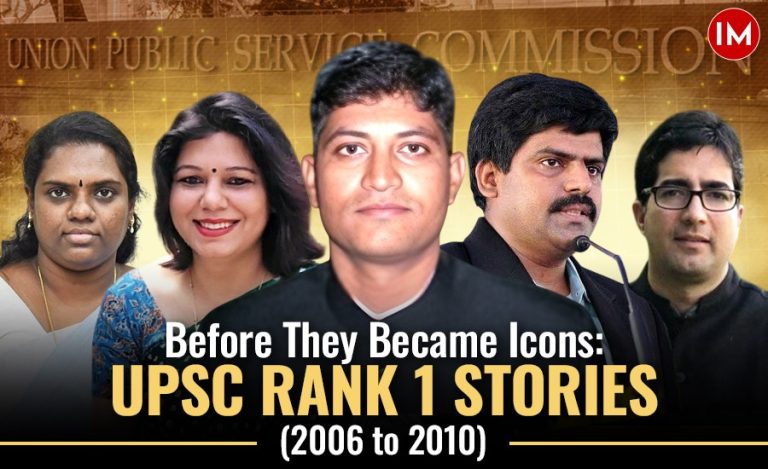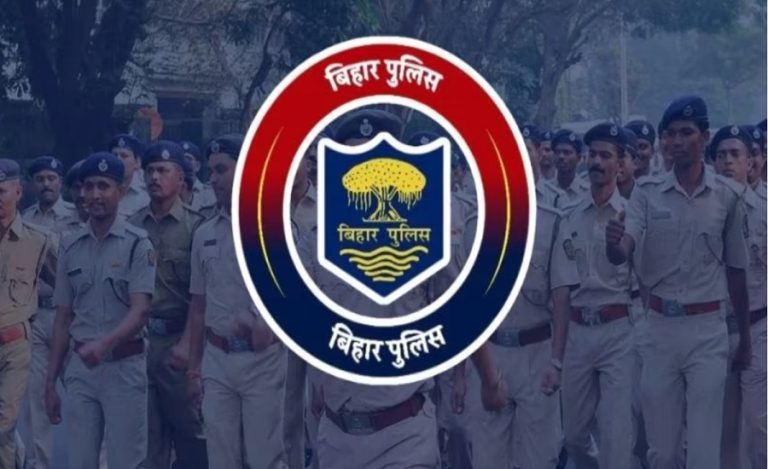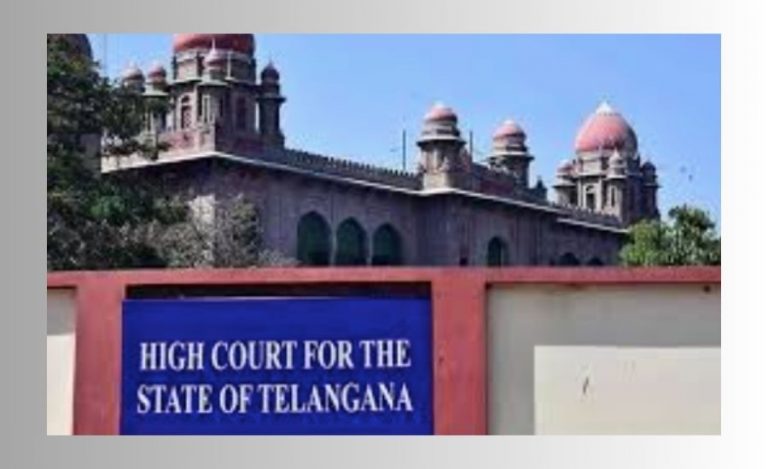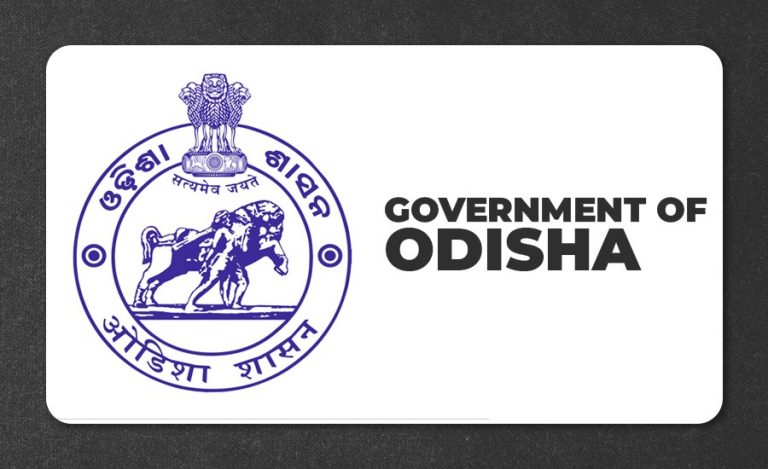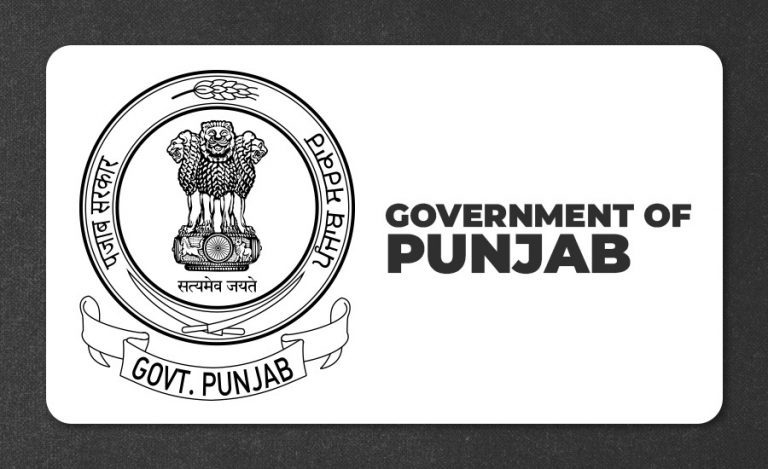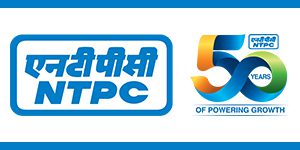Thally, a quiet village nestled near Hosur in Tamil Nadu’s Krishnagiri district, looks like the kind of place where time moves slowly. But drive a little further, and you’ll come across a very different scene – acres of precision-farmed flowers, climate-controlled greenhouses, and farmers tapping into global markets. At the center of it all is a new kind of rural development strategy, one that blends high-tech agriculture with hands-on governance.
At the heart of this floral transformation is IAS officer K M Sarayu, the District Magistrate of Krishnagiri, whose approach has turned a traditional agrarian belt into one of India’s rising hubs for high-value floriculture.
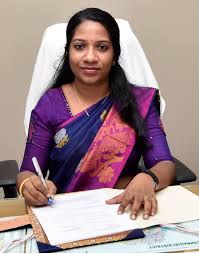
HIGH-TECH FARMING MEETS VILLAGE SOIL
The Centre for Cut Flowers, located just outside Thally, doesn’t look like your usual farm. Inside, it’s all sensors, drip lines, and neatly ordered rows of roses, gerberas, and orchids. Real-time data controls water and nutrient delivery. Greenhouses adjust humidity and temperature automatically. Post-harvest rooms are chilled to preserve freshness. It’s farming with the precision of a lab.
Farmers are learning fast. “Earlier, we only knew open farming. Now we talk about micronutrients and humidity levels,” says a local grower who now ships gerberas to Bengaluru and Delhi. Training sessions held at the centre walk cultivators through everything from greenhouse setup to market strategy. “We weren’t sure at first,” he adds, “but once we saw the rose yield, we were convinced.”
Much of the innovation stems from a collaboration with Israel, particularly around drip irrigation. The difference it’s made is striking. Roses that once wilted in days now last weeks. Each acre yields up to five lakh stems annually, and in peak seasons like Valentine’s Day, farmers can earn up to ₹400 per bunch of 20 roses.
THE MARKET GETS SMARTER TOO
Just a few kilometers away, another project is quietly changing how flowers are sold. The International Flower Auction Centre (IFAC) was built to help farmers skip the middlemen and sell directly to buyers via an online auction. It’s fast-paced – a Dutch clock system flashes images of flowers, and buyers place rapid bids. Everything is tracked and priced digitally.
Despite initial hesitation, more and more farmers are signing on. “They see the transparency,” says an official at the centre. “They know the price upfront, and there’s no haggling.”
Sarayu’s team knew trust would be key. So they launched transport services that collect flowers straight from farmers’ doorsteps. They organized buyer-seller meets and even showed florists how grading and packing could boost shelf life. Gradually, the market began to shift.
₹200 CRORE AND COUNTING
The numbers tell a big story. The export value from the district’s floriculture has touched ₹200 crore. The IFAC alone has generated ₹25 lakh in revenue. Around 1,946 acres in the region are under flower cultivation, with more being added every season. This year, the Centre for Cut Flowers supplied 15 lakh plants for the Chennai flower show – nearly double last year’s count.
What’s more, Hosur’s flowers are now reaching across India and even overseas, thanks to cold chain systems and improved logistics. Farmers who once relied on the Bengaluru markets now have better choices, and often better prices.
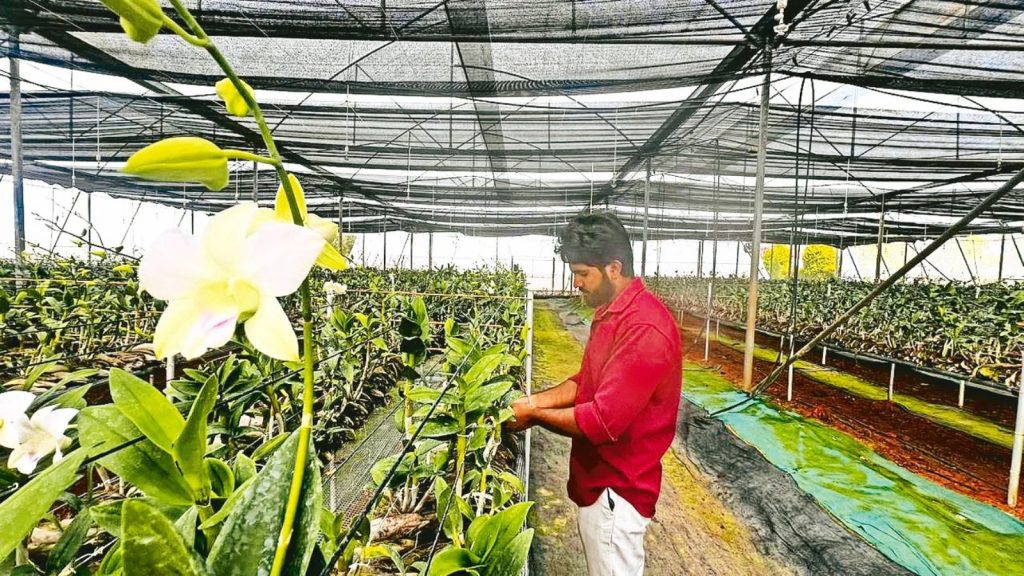
SARAYU’S STYLE: LEAD FROM THE FIELD
It’s not just the ideas that have worked — it’s how they were put into action. K M Sarayu is known for being on the ground, whether it’s convincing skeptical farmers to try greenhouse setups or coordinating with logistics teams to ensure timely pick-ups.
“We didn’t have the infrastructure in place at first,” Sarayu shared with the media, “but we started by listening. We spoke to farmers, asked them what they needed. Then we worked backwards from there.”
But Sarayu is quick to deflect the credit. “You have to be a good team leader. That means listening, not just giving instructions,” she says. “Sometimes, the best ideas come from the people you’re working with.”
MORE THAN JUST FLOWERS
There’s something quietly radical about the transformation in Thally. It’s not just about blooms or export revenue — it’s about what happens when rural economies are given the tools to compete globally, and when governance gets personal.
Ask Sarayu what drives her, and her answer is simple: “We all came into this service to help people. That’s the job.”
The flowers, as it turns out, are just the beginning.

